Paranoid narcissism is a psychological syndrome that combines traits of paranoia and narcissism into a complex personality disorder. Individuals with this condition may exhibit an inflated sense of self-importance and deep-seated mistrust of others. They often interpret the actions of those around them as malevolent, which leads to various interpersonal difficulties. Despite their grandiose perception of self, paranoid narcissists may struggle with fragile self-esteem, which they protect vigorously against perceived threats.
The behaviors of a person with paranoid narcissism can impact their social interactions and relationships profoundly. They may have difficulty forming and maintaining close bonds due to their suspicion and lack of trust. This condition is challenging for the individuals and those who come into contact with them, including friends, family, and co-workers. Identifying and understanding the characteristics of paranoid narcissism can help in managing such relationships and provide a pathway toward seeking appropriate treatment.
Key Takeaways
- Paranoid narcissism blends inflated self-worth with deep-seated mistrust.
- Impacts relationships due to suspicion and difficulty in trusting others.
- Recognizing this condition is essential for managing interpersonal dynamics and exploring treatment options.
Defining Paranoid Narcissism
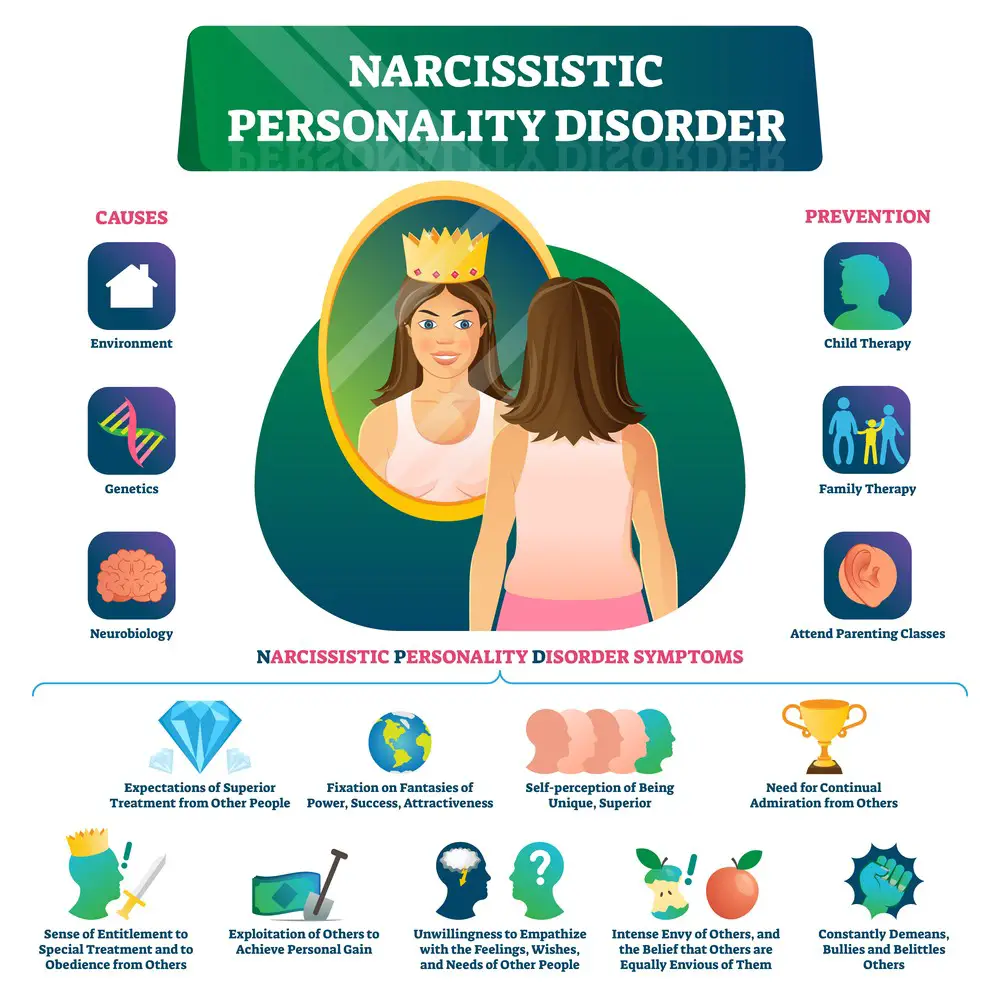 Paranoid narcissism is a term not officially recognized in the Diagnostic and Statistical Manual of Mental Disorders, Fifth Edition (DSM-5), but it is often used to describe a set of behaviors that blend features of narcissistic personality disorder and paranoid personality traits. It refers to a mental health condition marked by a pervasive distrust of others, alongside an inflated self-importance.
Paranoid narcissism is a term not officially recognized in the Diagnostic and Statistical Manual of Mental Disorders, Fifth Edition (DSM-5), but it is often used to describe a set of behaviors that blend features of narcissistic personality disorder and paranoid personality traits. It refers to a mental health condition marked by a pervasive distrust of others, alongside an inflated self-importance.
Traits commonly observed in a paranoid narcissist include:
- Suspicion: They often suspect that others have ulterior motives or are out to harm them.
- Grandiosity: They have an exaggerated sense of their importance, talents, and abilities.
- Hypersensitivity: They react with rage or disdain at slight criticism or defeat.
- Control: They may attempt to exert high control over those around them, often out of fear of being betrayed.
Narcissistic personality disorder is characterized by a need for admiration and a lack of empathy for others. Those with paranoid traits are generally very suspicious of other people’s intentions. When the two intermingle, it can lead to particularly challenging interactions.
Paranoia within a narcissistic personality may manifest in the following:
- Preoccupation with hidden meanings and conspiracies.
- Reluctance to confide in others due to an unwarranted fear that information will be used against them.
The combination of narcissism and paranoia can make it difficult for individuals to maintain relationships and respond appropriately to feedback, as they may perceive malice where there is none.
Key takeaway: Paranoid narcissism isn’t an official diagnosis but is a blend of narcissistic and paranoid qualities, leading to significant challenges in trust and self-image. Those exhibiting these traits may benefit from professional help to build healthier self-esteem and interpersonal trust.
Characteristic Traits of the Paranoid Narcissist
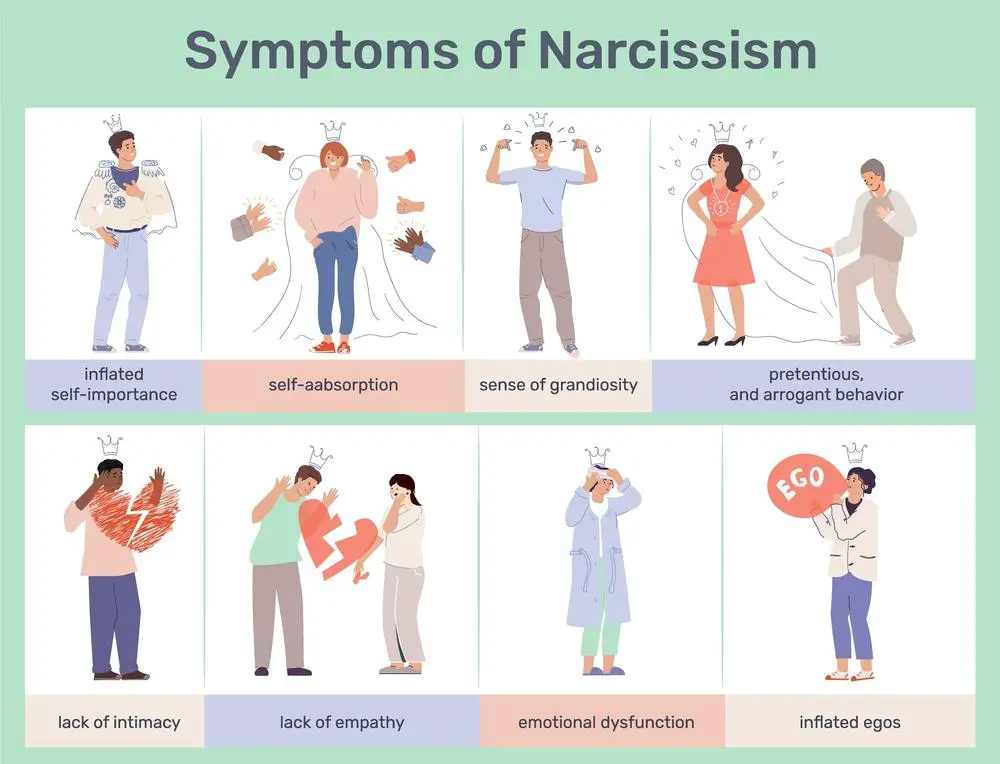 In examining the personality structure of a paranoid narcissist, we find specific, pronounced traits that define their behavior and interactions with others. These individuals typically navigate through life carrying a burden of deep-seated distrust and an inflated sense of their importance.
In examining the personality structure of a paranoid narcissist, we find specific, pronounced traits that define their behavior and interactions with others. These individuals typically navigate through life carrying a burden of deep-seated distrust and an inflated sense of their importance.
Grandiosity and Self-Importance
Paranoid narcissists operate under the belief that they are inherently superior to others. They possess a grandiose sense of self, often displaying:
- An exaggerated belief in one’s abilities and unwarranted entitlement.
- Claims of uniqueness or being misunderstood by people other than themselves or those they consider to be unique or high-status.
Their conversations and narratives typically revolve around their achievements and talents. It’s not uncommon for them to react negatively to criticism, as they typically expect to be recognized as superior.
Key Takeaway: Their perception of grandeur compels them to seek positions of power and recognition, reinforcing their belief in their exaggerated self-importance.
Susceptibility to Paranoia and Distrust
 Paranoid narcissists are often hypersensitive to how others perceive them and prone to feelings of:
Paranoid narcissists are often hypersensitive to how others perceive them and prone to feelings of:
- Distrust and suspicion, believing others are out to harm or deceive them.
- Jealousy and fear of betrayal, even without any evidence or rational reasoning.
These individuals are likely to challenge the loyalty of friends and acquaintances and can become preoccupied with unwarranted doubts about the fidelity of their spouse or partner.
Key Takeaway: Their susceptibility to paranoia can create a hostile environment around them, as they are constantly on guard against perceived threats to their status or ego.
Need for Admiration and Attention
 A notable driving force in the life of a paranoid narcissist is the perpetual need for admiration and attention. They often:
A notable driving force in the life of a paranoid narcissist is the perpetual need for admiration and attention. They often:
- They require excessive admiration and special treatment from others to validate their self-worth.
- Exhibit behaviors aimed at placing them at the center of attention, ranging from charming to demanding.
They may take advantage of others to achieve their ends and expect to be recognized as superior even without commensurate achievements.
Key Takeaway: Their need for constant admiration and attention is insatiable; they often seek this by creating dramatic scenarios that place them in the spotlight.
Propensity for Control and Power

Paranoid narcissists often feel that they should have control over others, showing a strong need for:
- Power, typically manifests as a desire to influence and dominate.
- Control, which can extend to various aspects of interpersonal relationships and work dynamics.
They may make decisions for others to reinforce their sense of superiority and control. Moreover, they have difficulty recognizing or respecting the autonomy and rights of others, which can lead to tension and conflict.
Key Takeaway: Their fixation on control and power often exposes them to conflicts with others, as they insist on having the upper hand in most if not all, situations.
Social and Relationship Impact
 Paranoid narcissism can create waves in social circles and topple the foundations of various relationships. Understanding its effects is key to managing its impact.
Paranoid narcissism can create waves in social circles and topple the foundations of various relationships. Understanding its effects is key to managing its impact.
Effects on Interpersonal Relationships
People with paranoid narcissism may struggle to form and maintain close connections. Their relationships are often turbulent due to a pervasive distrust that can overshadow the bond between partners or friends.
- Expectations of Perfection: They may expect unwavering agreement from those close to them.
- Suspicion: Regular doubt about the loyalty or trustworthiness of others.
These elements can strain relationships, leading to conflicts and a churn of companions in their social lives.
Key Takeaway: Strong bonds are difficult to sustain when trust is overshadowed by suspicion and unrealistic expectations.
Workplace Dynamics
In the workplace, the impact of paranoid narcissism is notable in terms of team cohesion and productivity.
- Leadership Challenges: Difficulty in accepting feedback may lead them to react defensively.
- Team Tension: Colleagues may feel uneasy due to the individual’s tendency to question others’ intentions.
Their reluctance to delegate and collaborate can hinder workplace synergy and erode professional trust.
Key Takeaway: The professional environment can become charged and inefficient when a paranoid narcissist lacks trust and attempts to dominate work relationships.
Emotional and Behavioral Patterns
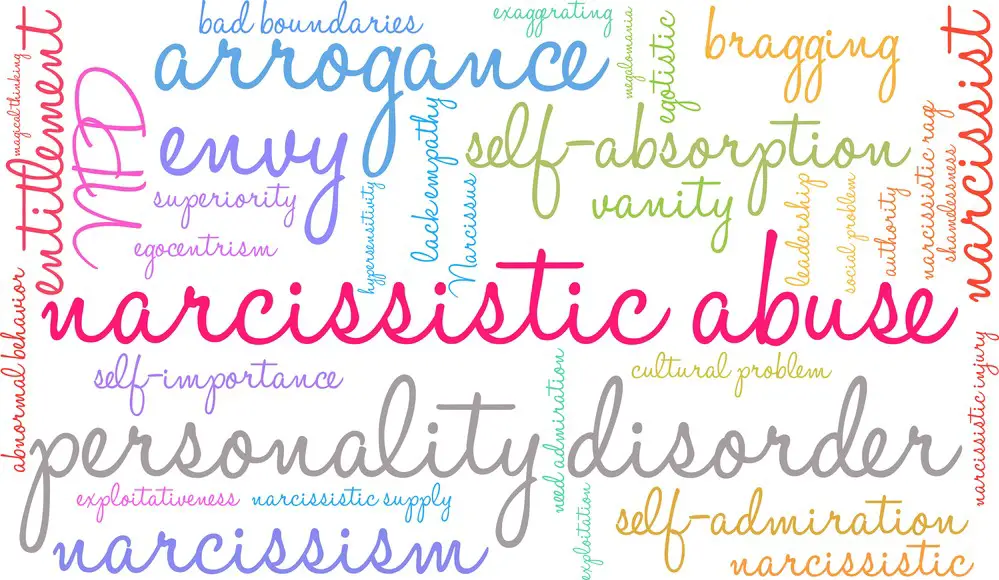 Recognizing and understanding the emotional and behavioral patterns of individuals with paranoid narcissism is essential in addressing their unique responses to perceived threats and their propensity for intense emotional outbursts.
Recognizing and understanding the emotional and behavioral patterns of individuals with paranoid narcissism is essential in addressing their unique responses to perceived threats and their propensity for intense emotional outbursts.
Response to Criticism and Threats
Individuals exhibiting traits of paranoid narcissism often react strongly to criticism and perceived threats. Here’s what typically happens:
- Perception of criticism: They interpret feedback as personal attacks, resulting in heightened emotions.
- Fear and suspicion: Accusations and distrust may follow, stemming from their suspicions.
Key takeaway: For someone with paranoid narcissism, criticism is often not seen as a chance for improvement but as a personal assault.
Display of Anger and Rage
Paranoid narcissists may express anger in distinct ways:
- Lashing out: They might respond with verbal attacks or aggressive behavior.
- Emotion cycles: The succession of guilt and shame after outbursts can lead to more anger, creating a cycle.
Key takeaway: Understanding this cycle can help manage interactions with people showing these traits, paving the way for calmer exchanges.
Understanding the Individual
 The key focus of this section is to examine the core aspects of a paranoid narcissist’s identity and their typical responses to stress and anxiety.
The key focus of this section is to examine the core aspects of a paranoid narcissist’s identity and their typical responses to stress and anxiety.
Sense of Self and Identity
A paranoid narcissist’s self-worth is often rooted in a grandiose sense of self. They typically exhibit an inflated self-image intertwined with the following characteristics:
- Overconfidence: A belief in their superior abilities or attributes.
- Entitlement: Expecting special treatment and undivided admiration from others.
- Fragility: Behind the facade, they harbor deep insecurities, which they try to mask.
The individual’s fragile sense of self leads to a constant need for validation to maintain their self-esteem.
Key Takeaway: A paranoid narcissist’s exaggerated self-image is a shield for their insecurities.
Coping with Stress and Anxiety
In the face of stress and anxiety, a paranoid narcissist may:
- Denial: Refuse to acknowledge personal flaws or mistakes.
- Projection: Attribute their negative characteristics to others.
Their coping mechanisms often involve shifting blame and creating a narrative that upholds their distorted self-view. This deflection can prevent them from effectively managing stress and may contribute to a cycle of anxiety and potential depression.
Key Takeaway: A paranoid narcissist’s coping strategies often involve denial and blame-shifting, making it difficult to manage stress and anxiety healthily.
Dealing with a Paranoid Narcissist
Navigating a relationship with a paranoid narcissist requires a strategic and compassionate approach, balancing empathy with clear personal boundaries.
Interacting with Empathy and Boundaries
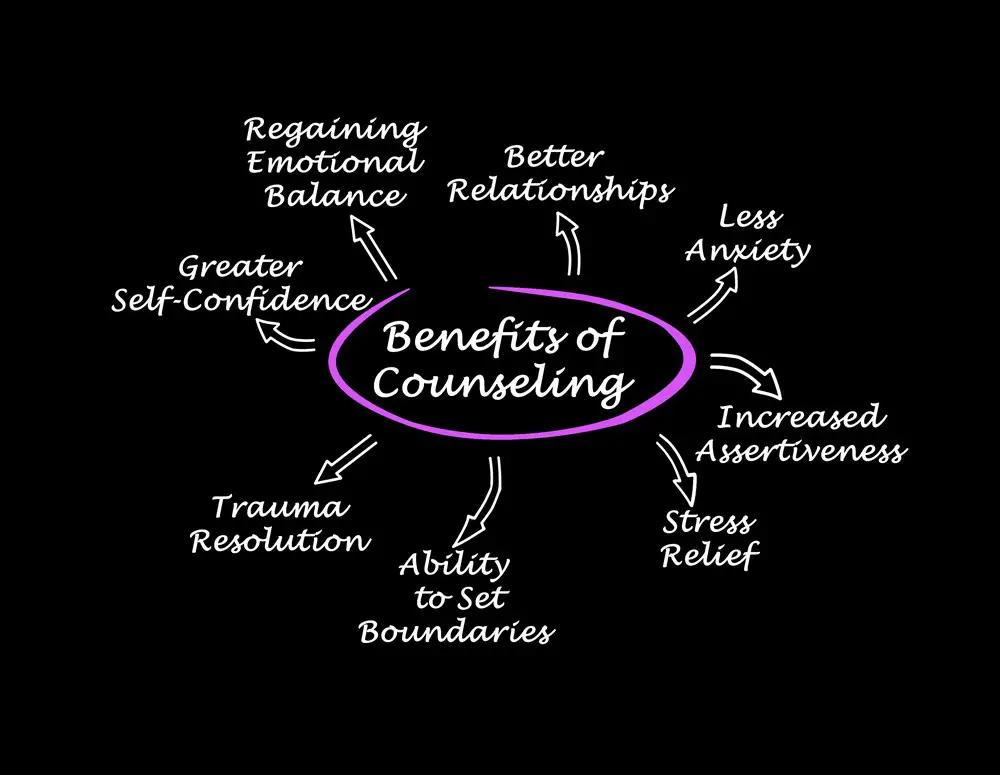
Empathy is crucial when interacting with a paranoid narcissist. They may be susceptible to criticism and prone to feeling attacked. It’s essential to approach conversations carefully, acknowledging their feelings without validating unfounded fears. Setting firm boundaries is also vital. One must communicate and stick to their limits, which can help maintain a healthier dynamic.
Key strategies:
- Take a non-confrontational stance in conversations.
- Use “I” statements to express personal feelings rather than accusations.
Empathy example:
Instead of saying, “You’re overreacting,” one might try, “I see this situation is causing you distress.”
Boundary example:
“It’s important for me to have time with friends. Let’s talk about how we can make this work.”
Key takeaway: Balancing empathy with firm boundaries offers the best chance for maintaining a positive interaction.
Therapeutic Approaches
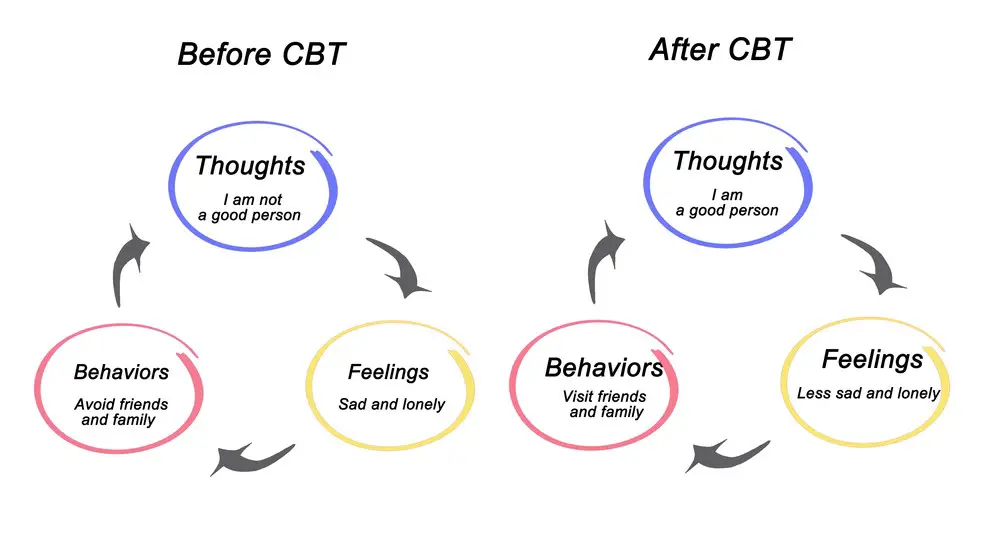 When dealing with a paranoid narcissist, therapy can be highly beneficial — not just for them but for those around them as well. Cognitive Behavioral Therapy (CBT) is one therapeutic method that can help modify harmful thought patterns. Psychotherapy, on the other hand, provides a deeper dive into emotional experiences and can address paranoia and narcissistic traits more holistically.
When dealing with a paranoid narcissist, therapy can be highly beneficial — not just for them but for those around them as well. Cognitive Behavioral Therapy (CBT) is one therapeutic method that can help modify harmful thought patterns. Psychotherapy, on the other hand, provides a deeper dive into emotional experiences and can address paranoia and narcissistic traits more holistically.
Therapeutic strategies:
- Encourage them to seek CBT to challenge and change destructive patterns of thinking.
- Suggest psychotherapy to explore the roots of their paranoid and narcissistic behavior.
Key takeaway: Professional therapy, such as CBT and psychotherapy, can be instrumental in managing the complex traits of a paranoid narcissist.
Environmental and Developmental Factors
Factors from both the environment and an individual’s developmental history can contribute to the formation of narcissistic traits, and, in some cases, these traits may lead to a paranoid narcissist profile.
Childhood experiences, such as excessive pampering, unrealistic expectations from parents, or a lack of warm, empathetic caregiving, can lay the groundwork for narcissistic behaviors. These behaviors may become particularly noticeable during early adulthood as an individual’s personality solidifies and social interactions become more complex.
Society’s influences can’t be overlooked either. In environments that reward self-promotion and competition, individuals might engage in narcissistic behaviors to get ahead. Over time, these societal pressures could entrench such behaviors, making them resistant to change.
Key Takeaways:
- Childhood interactions play a critical role in the development of personality, including traits associated with narcissism.
- Societal values and competition may reinforce narcissistic behaviors.
- The transition to early adulthood is a critical period where narcissistic traits can become prominent.
Developmentally, persistent exposure to such environments can exaggerate a person’s self-importance and distrust in others, potentially leading to growth in paranoid thinking. An individual may see malice in benign situations or assume that others are out to get them, even without any evidence.
- Lack of validation: This can amplify insecurities and create a cycle where the individual seeks attention to compensate.
- Success and failure: Both can shape narcissistic tendencies; success may inflate self-esteem, while failure might be externalized and blamed on others.
Early recognition and intervention strategies can mitigate the risk of developing a paranoid narcissist personality. For instance, fostering a balanced view of self and nurturing empathy from a tender age could steer growth in a direction that promotes healthier social interactions and self-perceptions.
Treatment and Therapy Options
 Addressing paranoid narcissism requires a multifaceted approach. Both professional treatment and personal strategies are critical in managing symptoms and fostering healthier behavioral patterns.
Addressing paranoid narcissism requires a multifaceted approach. Both professional treatment and personal strategies are critical in managing symptoms and fostering healthier behavioral patterns.
Professional Help and Psychotherapy
Individuals facing paranoid narcissism should consider seeking professional mental health support. Therapists trained in psychotherapy or cognitive behavioral therapy (CBT) can offer profound insight. Therapy sessions focus on:
- Understanding one’s behaviors and thought patterns
- Developing coping mechanisms to manage paranoia and narcissism
- Improving interpersonal skills and self-esteem
Key Takeaway: Regular sessions with a skilled therapist can greatly improve the quality of life for those with paranoid narcissism.
Self-help Strategies
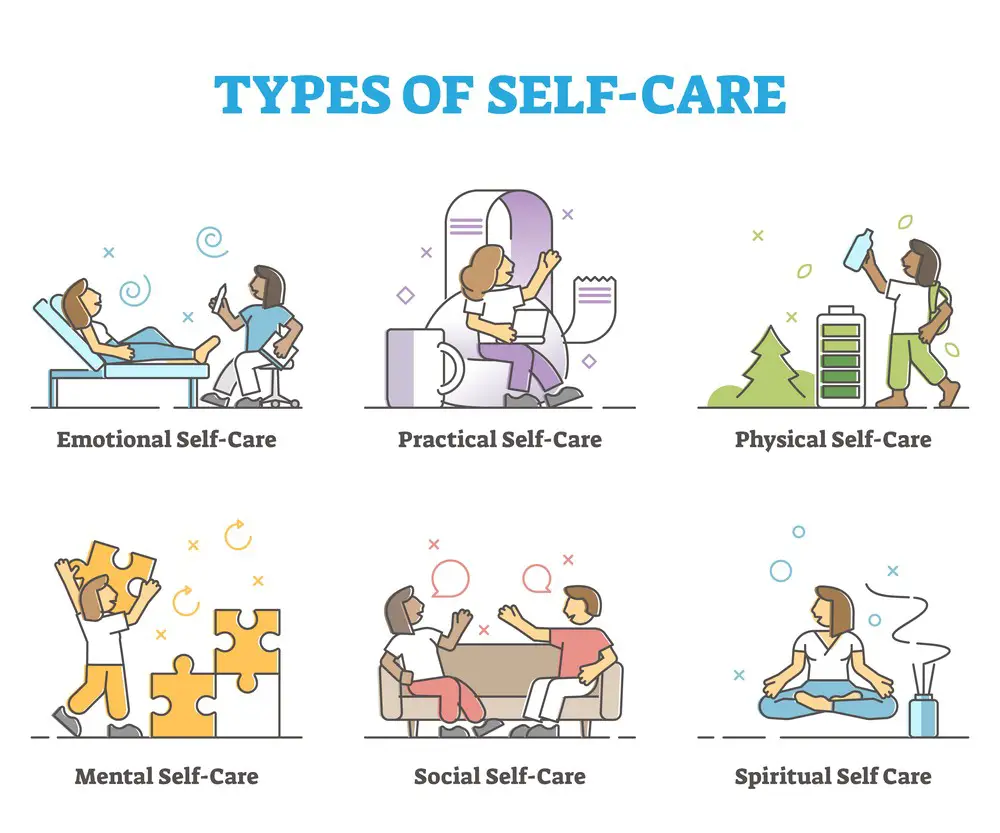 In addition to therapy, there are strategies one can employ to supplement professional treatment:
In addition to therapy, there are strategies one can employ to supplement professional treatment:
- Practicing mindfulness and stress reduction techniques
- Engaging in regular physical activity to improve mood
- Building a support system of trusted friends and family
Key Takeaway: Self-help strategies reinforce professional therapy, contributing to a comprehensive treatment plan.
Lifestyle and Coping Mechanisms
Individuals with paranoid, narcissistic traits often face unique challenges in their daily lives. They typically develop coping mechanisms to navigate social complexities and personal insecurities. This section provides critical strategies for building resilience and fostering supportive networks.
Building Resilience
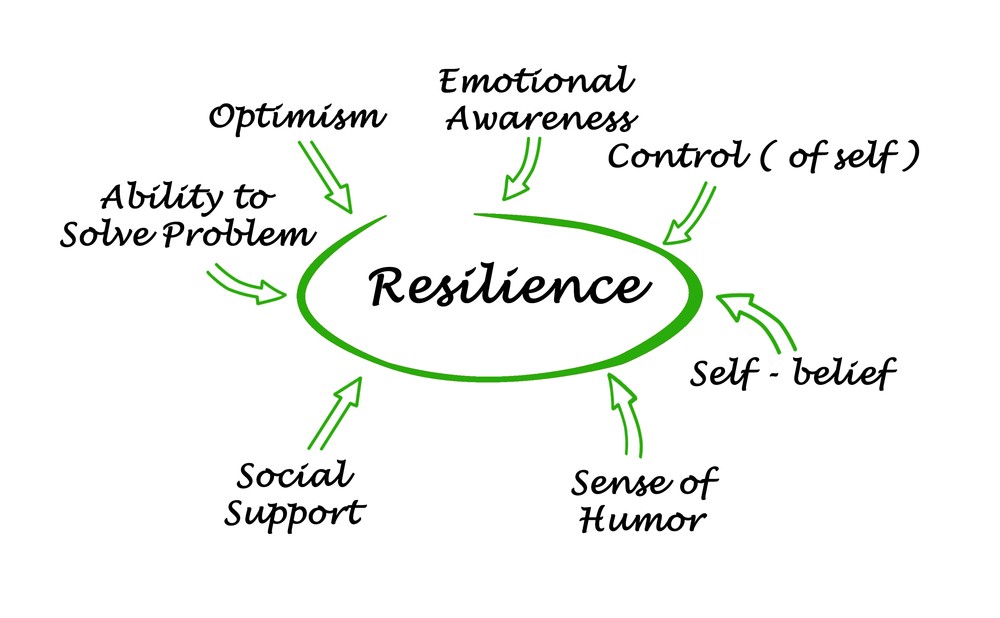 To cultivate resilience, individuals must establish routines affirming their self-worth while acknowledging their reality. A common strategy includes:
To cultivate resilience, individuals must establish routines affirming their self-worth while acknowledging their reality. A common strategy includes:
- Daily Reflection: Keeping a journal to identify patterns in thoughts and behaviors that can be addressed with professional help if needed.
- Mindfulness Practices: Incorporating activities like meditation and yoga that enhance self-awareness and reduce stress.
Key Takeaway: A resilient lifestyle for a person with paranoid narcissism involves self-reflection and mindfulness that promotes emotional balance and reality-based thinking.
Creating Supportive Networks
Building a supportive network is crucial in fostering a sense of security and belonging. Strategies include:
- Selective Trust: Establishing connections with people who demonstrate understanding and empathy without enabling unhealthy behaviors.
- Therapeutic Alliances: Seeking therapists or support groups specializing in narcissism can provide a structured environment for dealing with challenges.
- Communication Skills: Learning and practicing expressing needs and concerns without projecting fears or accusations.
Key Takeaway: A solid support network provides a safe space for individuals to navigate their condition, encouraging growth and personal development.
Potential for Improvement and Growth
Acknowledging the potential for personal betterment is pivotal in anyone’s life journey, especially for individuals showing traits of narcissism intertwined with paranoia. This section focuses on tangible paths toward personal growth and successfully navigating life’s hurdles.
Personal Growth
They may cultivate self-awareness through routine reflection, allowing a deeper understanding of personal behavior and its impact. Essential strategies for fostering personal growth include:
- Setting realistic self-improvement goals that are specific and achievable.
- Seeking feedback from trusted peers to gain different perspectives.
By embracing such practices, one can develop empathy and humility, which are crucial for personal development.
Key takeaway: Incremental changes and consistent self-reflection can lead to meaningful personal growth.
Overcoming Challenges
A crucial part of growth is learning to tackle obstacles constructively. Here are some tailored tips to guide those who struggle with paranoid, narcissistic traits:
- Focusing on adaptive coping mechanisms, such as problem-solving or cognitive restructuring, instead of denial or avoidance.
- Engaging in therapy or counseling offers a structured environment to work through challenges.
Persistence and resilience are vital. Each challenge faced and overcome can be a stepping stone toward improvement.
Key Takeaway: Facing challenges with practical tools can significantly advance an individual’s journey to improvement.
Clinical Perspectives and Diagnosis
In the realm of mental health, the Diagnosis of a paranoid narcissist isn’t officially recognized as a separate clinical condition. Mental health professionals typically consider it a complex blend of paranoid traits and narcissistic personality disorder. This does not have a specific category in the DSM-5, the primary tool for diagnosis, but falls under the broader umbrella of personality disorders.
Personality traits of a paranoid narcissist include a pervasive distrust of others and an inflated sense of self-importance. Clinicians look for patterns of behavior that involve suspicion and grandiosity.
When examining probable cases, healthcare providers may notice overlaps with Borderline Personality Disorder (BPD), though the two are distinct diagnoses. BPD often includes intense emotional instability and fear of abandonment, which aren’t the core issues with paranoid narcissism.
Diagnosis involves:
- A thorough clinical assessment.
- Gathering of personal and family history.
- Observing interpersonal interactions.
Clinical perspectives emphasize treatment plans tailored to each individual. Approaches may consist of:
- Psychotherapy is often the cornerstone for personality disorders.
- Cognitive Behavioral Therapy (CBT) to address distorted thinking.
- Medications, though none specifically target paranoid narcissism.
Key takeaway: Identifying and addressing paranoid narcissist traits requires a keen clinical eye and a personalized mix of therapeutic strategies.
Frequently Asked Questions
Navigating the complexities of behaviors that stem from a mix of paranoia and narcissism can be challenging, yet understanding the nuances is key to effective interaction and managing relationships.
What are common strategies for interacting with someone who exhibits traits of both paranoia and narcissism?
Strategies include maintaining clear and honest communication, setting firm boundaries, and avoiding arguments over perceptions of reality. It’s also important not to reinforce their grandiose sense of self. Providing support while encouraging professional help is a compassionate approach. Key takeaway: Clear communication and boundary-setting are vital.
Which behaviors are indicative of a person who might be considered a paranoid narcissist?
Such an individual may exhibit extreme self-importance, require constant admiration, have suspicious thoughts about others’ motives, and react to criticism with anger or hostility. They might also hold grudges and struggle with feelings of immense envy. Key takeaway: Be alert to a pattern of grandiosity, need for admiration, and mistrustfulness.
Is there an overlap between narcissistic personality disorder and paranoid thinking, and how does it manifest?
Yes, there’s an overlap. It manifests as a persistent mistrust and suspicion of others, even when there’s little to no evidence to support it, combined with a strong self-focus and lack of empathy. This overlap can complicate personal and professional relationships. Key takeaway: The overlap can lead to a challenging blend of suspicion and self-centeredness.
What are the differences between covert narcissism and paranoid tendencies?
Covert narcissism involves a more concealed sense of superiority and fishing for compliments to boost self-esteem, while paranoid tendencies center on distrust and suspicion of others’ intentions. While both may involve sensitivity to criticism, their core issues differ. Key takeaway: Covert narcissism hides a fragile ego, whereas paranoia focuses on distrust.
How might having a parent with paranoid narcissistic tendencies affect family dynamics?
Children may experience inconsistency, as a paranoid, narcissistic parent can be both overprotective and critically dismissive. Communication within the family may suffer, with secrecy often becoming a survival strategy for family members.
Key takeaway: Stability in family relationships often becomes compromised.
What is the most effective way of communicating with an individual who shows signs of paranoid narcissism?
It’s adequate to keep interactions straightforward, predictable, and consistent. Avoid sarcasm and focus on expressing thoughts and feelings calmly and factually. Respectful engagement can sometimes soften defensiveness. Key takeaway: Consistent and direct communication can help manage complex interactions.
Navigating Life’s Storms: The Resilient Journey of Jacob Maslow
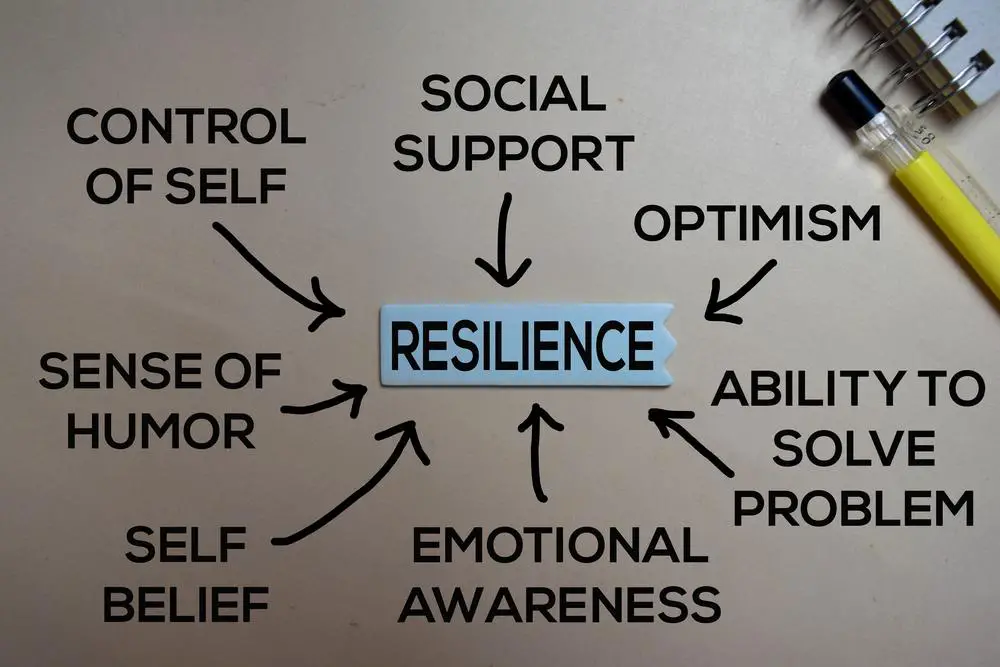 Hello, I’m Jacob Maslow. My life’s journey has been marked by resilience, humor, and the constant battle against the tides of mental health and complex family dynamics. Let me walk you through my story, a relatable tale of struggle, strength, and survival.
Hello, I’m Jacob Maslow. My life’s journey has been marked by resilience, humor, and the constant battle against the tides of mental health and complex family dynamics. Let me walk you through my story, a relatable tale of struggle, strength, and survival.
Battling Alienation, Embracing Therapy
- The Turning Point: My ex-wife ceased cooperation with reunification therapy just as our children began to break free from alienation. This shift marked a pivotal moment in my struggle to maintain a healthy relationship with my kids.
- Mental Health Management: Lexapro has been a vital tool in my arsenal for managing my mental health, complementing my long-standing commitment to therapy. Recently, I’ve joined BetterHelp to continue this journey.
The Power of Resistance and Humor
- My sense of humor and strong resistance have been my armor against life’s challenges. They have helped me stay afloat in the roughest of seas.
Dealing with Narcissism in Family Dynamics
- A Narcissistic Ex: I’ve witnessed firsthand the destructive patterns of my narcissistic ex-wife, from her affairs with community leaders to her vindictive smear campaigns. Her narcissism seems to intensify as she ages, particularly as she grapples with fading beauty.
- Parental Alienation: For nearly a decade, we maintained a harmonious arrangement living in two separate households, where our children were enveloped in double the love and care. However, over the past year, this balance has been disrupted as my ex completely severed all communication with me and has persistently refused to comply with shared custody arrangements despite numerous court orders. This has been a source of immense pain and frustration, as it severed the close bond I once shared with our children.
The Power of Walking and Writing
- Clearing My Mind: Daily long walks have become a sanctuary for me, a time to clear my head and find peace amidst chaos.
- Sharing My Experience: Writing about mental health and narcissism, I aim to support others facing similar challenges. My articles provide insights and guidance for those dealing with narcissistic partners and mental health struggles.
Legal Advocacy and Personal Growth
- Legal Support: Through my legal website, I extend a helping hand to others battling non-compliant spouses and navigating the complexities of custody battles.
- A Personal Reflection: The abrupt end to my close relationship with my children just ten months ago has been a significant blow to my mental well-being. However, I remain steadfast in my belief that mental health challenges can be overcome.
In conclusion, my life is a testament to the belief that one can navigate the stormiest of seas with resilience, a sense of humor, and an unyielding spirit. My journey continues, marked by struggle and hope, as I strive to rebuild and maintain my precious bond with my children.

- The Burnout Epidemic: Why We’re All Feeling Overwhelmed and How to Cope - February 9, 2024
- How to Live a Peaceful Life - February 9, 2024
- Useful Information You Should Know About Health Screenings - February 8, 2024
This site contains affiliate links to products. We will receive a commission for purchases made through these links.




